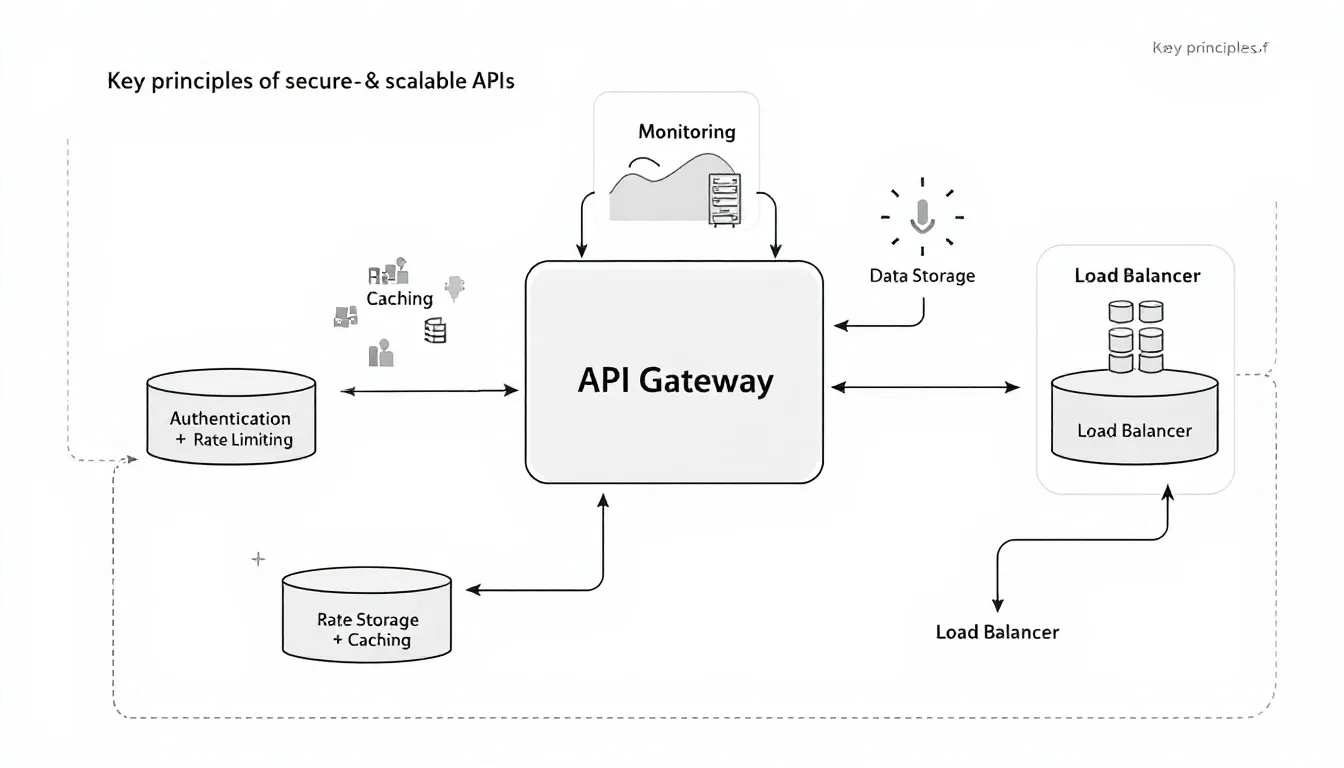Building intelligent chatbots for customer engagement involves clearly defined steps, from outlining objectives to deploying and monitoring performance. Intelligent chatbots use artificial intelligence (AI), natural language processing (NLP), and machine learning to interact effectively, continuously enhancing their responses through user interactions.
What Sets Intelligent Chatbots Apart
Intelligent chatbots differ significantly from rule-based chatbots by providing dynamic, context-aware interactions. They use NLP and machine learning to deliver human-like responses, continually refining their capabilities by adapting to customer behaviors and sentiments. These chatbots efficiently offer around-the-clock customer service, making them invaluable for continuous customer support.
Why Customer Engagement Matters
Effective customer engagement is crucial for retaining customers and boosting satisfaction. Intelligent chatbots enhance engagement by personalizing interactions, recognizing returning customers, and automating routine tasks. This not only reduces customer service costs but also ensures consistent support, encouraging customer loyalty and positive word-of-mouth.
Core Technologies Powering Chatbots
The foundation of intelligent chatbots includes NLP, which helps chatbots comprehend and interpret human language through processes like tokenization. Machine learning further empowers chatbots to improve their responses based on previous interactions and sentiment analysis. Popular AI frameworks such as Microsoft Bot Framework, Google Dialogflow, and Azure Bot Service provide comprehensive tools for developing robust NLP-driven chatbots.
Types of Intelligent Chatbots
Transactional chatbots manage specific tasks such as bookings, payments, and tracking, significantly enhancing operational efficiency. Conversational AI chatbots handle more complex, context-rich interactions, assisting users with detailed queries through multi-step conversations. Informational chatbots specialize in providing quick and accurate responses, making them particularly effective in sectors like healthcare and education, where reliable information access is crucial.
Building an Intelligent Chatbot
To develop an effective chatbot, begin by clearly defining objectives aligned with business goals. Next, choose a suitable development platform, such as Dialogflow or Microsoft Bot Framework, which integrates seamlessly with your existing systems. Design conversational flows that map user interactions clearly, ensuring smooth and intuitive user journeys.
The development phase includes training the chatbot using diverse datasets, improving its understanding of user intent and language nuances. Extensive testing helps identify and rectify issues, continuously refining chatbot responses. Finally, deploy the chatbot across relevant platforms, continuously monitoring its performance for ongoing optimization.
Seamless Integration and Personalization
Integrating chatbots with existing systems like CRM significantly enhances their performance, allowing real-time access to essential customer data and enabling personalized interactions. Customizing user experiences through behavior analytics, user personas, and emotion recognition further boosts user satisfaction, creating empathetic and tailored responses.
Evaluating Chatbot Success
Measuring chatbot performance is essential for continuous improvement. Important metrics include user satisfaction scores (Bot Experience Score), automation effectiveness (Bot Automation Score), interaction volume, handle time, and bounce rates. Regular feedback collection ensures chatbots remain effective and responsive to user needs.
Real-World Applications
Expedia successfully utilizes AI to streamline bookings, improving customer service efficiency. Duolingo's chatbot engages users in conversational language practice, enhancing learning experiences. Sephora’s Virtual Artist chatbot uses AI to deliver personalized cosmetic recommendations, driving customer engagement and sales.
Addressing Development Challenges
Common chatbot development challenges, such as data privacy and security, biases in training data, and scalability, require proactive strategies. Regular security audits, diverse datasets, and clear scaling plans help maintain chatbot effectiveness and user trust.
Future of Intelligent Chatbots
Future developments in chatbot technology include generative AI, creating personalized content; multimodal interactions integrating voice, video, and visuals; and agentic AI enabling chatbots to make autonomous decisions. These advancements promise even more engaging and powerful customer interactions.
Summary
Intelligent chatbots significantly enhance customer engagement by providing personalized, efficient, and dynamic interactions. Leveraging advanced technologies, robust integration, and continuous optimization allows businesses to improve customer satisfaction, foster loyalty, and achieve sustained growth.



